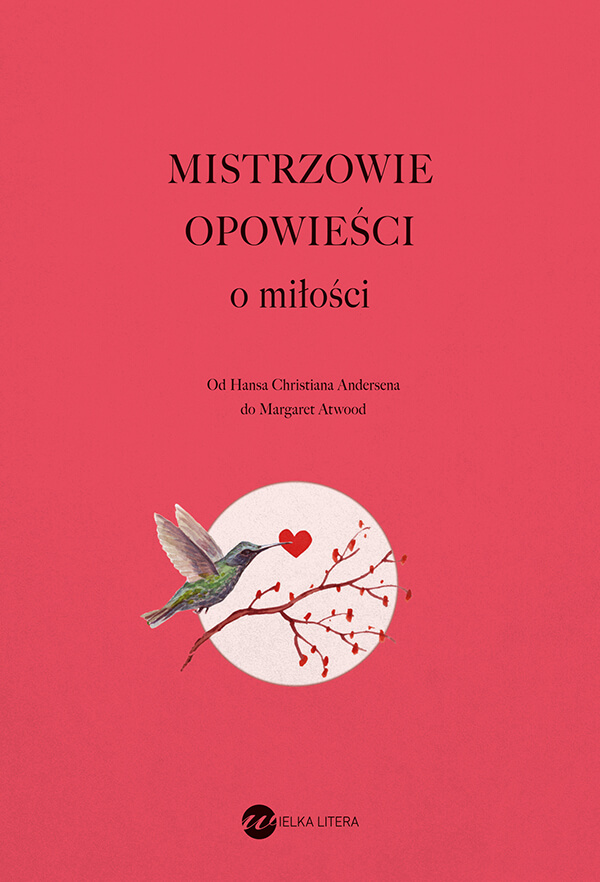
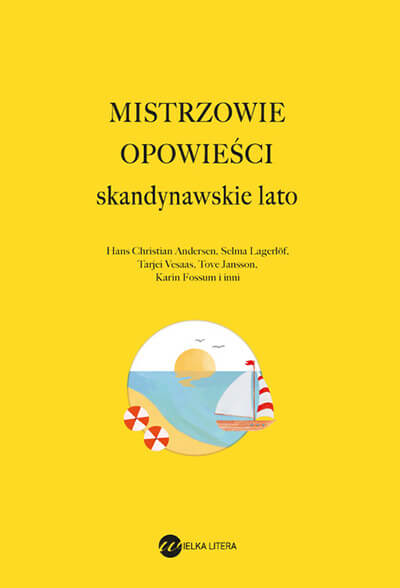

Books in series

Mistrzowie opowieści. O miłości
2022

Mistrzowie opowieści. Skandynawskie lato
2022

Mistrzowie opowieści. Święta, święta...
2022
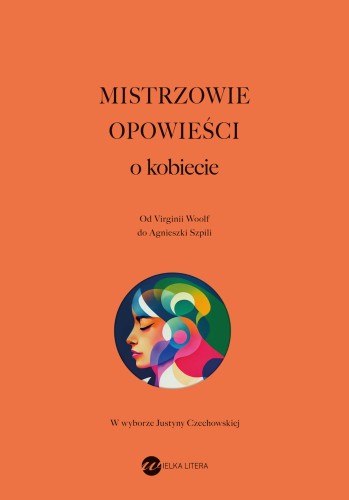
Mistrzowie opowieści. O kobiecie
2023
Authors
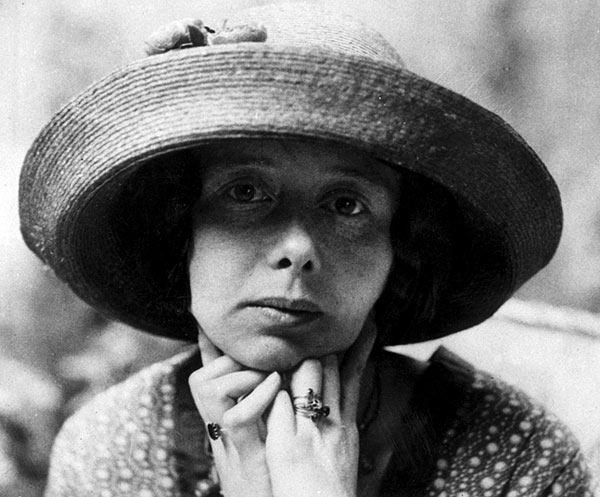
Cora Sandel was the pen name of Sara Cecilia Görvell Fabricius, a Norwegian writer and painter who lived most of her life abroad. Her most famous works are the novels now known as the Alberta Trilogy. Sara Cecilia Görvell Fabricius was born in Kristiania (now Oslo). Her parents were Jens Schow Fabricius (1839–1910) and Anna Margareta Greger (1858–1903). When she was 12 years old, financial difficulties forced her family to move to Tromsø where her father was appointed a naval commander. She started painting under the tutelage of Harriet Backer, and while still a teenager moved to Paris, where she married the Swedish sculptor Anders Jönsson (1883–1965). In 1921 they returned to Sweden, where she won custody of her son Erik after divorcing Jönsson. In her youth she tried, without much success, to establish herself as a painter. And it wasn't until she was 46 years old that her debut novel, Alberte and Jakob was published, the first in what became the semi-autobiographical Alberta trilogy. Sandel used many elements from her own life and experiences in her stories, which often centre on the spiritual struggles of inarticulate and isolated women. The Alberta trilogy traced the emotional development of a lethargic and unhappy girl into a self-sufficient woman. These novels earned her an immediate place in the Scandinavian canon, but it was not until the 1960s that Sandel, now living as a recluse in Sweden, was discovered by the English-speaking world. Despite her great literary success, she remained hidden behind her pseudonym and lived a rather secluded life. She was decorated with the Royal Norwegian Order of St. Olav in 1957. Her home in Tromsø, built in 1838, now houses the Perspektivet Museum.
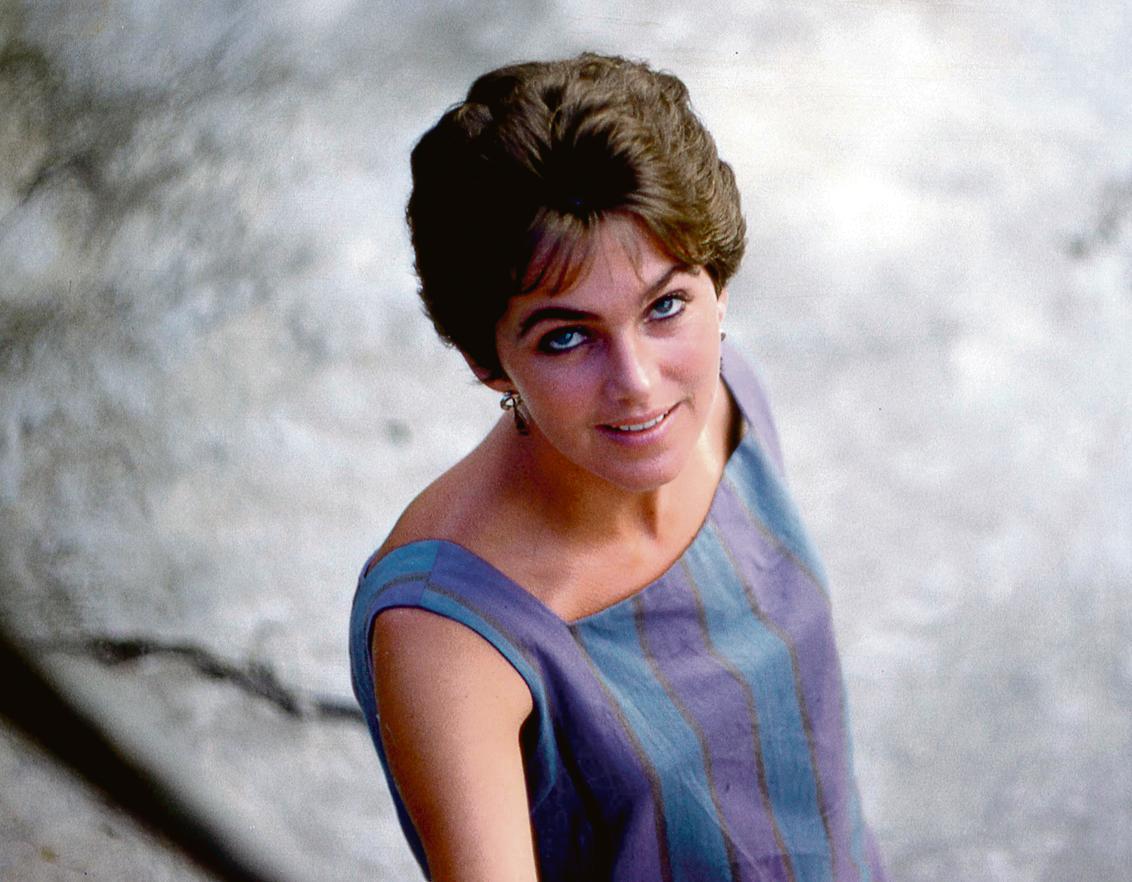
Berlin began publishing relatively late in life, under the encouragement and sometimes tutelage of poet Ed Dorn. Her first small collection, Angels Laundromat was published in 1981, but her published stories were written as early as 1960. Several of her stories appeared in magazines such as The Atlantic and Saul Bellow’s little magazine The Noble Savage. Berlin published six collections of short stories, but most of her work can be found in three later volumes from Black Sparrow Books: Homesick: New and Selected Stories, So Long: Stories 1987-92 and Where I Live Now: Stories 1993-98. Berlin was never a bestseller, but was widely influential within the literary community. She aspired to Chekhov's objectivity and refusal to judge. She has also been widely compared to Raymond Carver and Richard Yates. One of her most memorable achievements was the stunning one-page story "My Jockey," which captured a world, a moment and a panoramic movement in five quick paragraphs. It won the Jack London Short Prize for 1985. Berlin also won an American Book Award in 1991 for Homesick, and was awarded a fellowship from the National Endowment for the Arts.

Selma Ottilia Lovisa Lagerlöf (1858-1940) was a Swedish author. In 1909 she became the first woman to ever receive the Nobel Prize in Literature, "in appreciation of the lofty idealism, vivid imagination and spiritual perception that characterize her writings". She later also became the first female member of the Swedish Academy. Born in the forested countryside of Sweden she was told many of the classic Swedish fairytales, which she would later use as inspiration in her magic realist writings. Since she for some of her early years had problems with her legs (she was born with a faulty hip) she would also spend a lot of time reading books such as the Bible. As a young woman she was a teacher in the southern parts of Sweden for ten years before her first novel Gösta Berling's Saga was published. As her writer career progressed she would keep up a correspondance with some of her former female collegues for almost her entire life. Lagerlöf never married and was almost certainly a lesbian (she never officially stated that she was, but most later researchers believe this to be the case). For many years her constant companion was fellow writer Sophie Elkan, with whom she traveled to Italy and the Middle East. Her visit to Palestine and a colony of Christians there, would inspire her to write Jerusalem, her story of Swedish farmers converting into a evangelical Christian group and travelling to "The American Colony" in Jerusalem. Lagerlöf was involved in both women issues as well as politics. She would among other things help the Jewish writer Nelly Sachs to come to Sweden and donated her Nobel medal to the Finnish war effort against the Soviet union. Outside of Sweden she's perhaps most widely known for her children's book Nils Holgerssons underbara resa genom Sverige (The Wonderful Adventures of Nils).

Librarian Note: There is more than one author by this name in the Goodreads database. 소설가 한강 Han Kang is the daughter of novelist Han Seung-won. She was born in Kwangju and at the age of 10, moved to Suyuri (which she speaks of affectionately in her work "Greek Lessons") in Seoul. She studied Korean literature at Yonsei University. She began her writing career when one of her poems was featured in the winter issue of the quarterly Literature and Society. She made her official literary debut in the following year when her short story "The Scarlet Anchor" was the winning entry in the daily Seoul Shinmun spring literary contest. Since then, she has gone on to win the Yi Sang Literary Prize (2005), Today's Young Artist Award, and the Korean Literature Novel Award. As of summer 2013, Han teaches creative writing at the Seoul Institute of the Arts while writing stories and novels.

Tove Jansson was born and died in Helsinki, Finland. As a Finnish citizen whose mother tongue was Swedish, she was part of the Swedish-speaking Finns minority. Thus, all her books were originally written in Swedish. Although known first and foremost as an author, Tove Jansson considered her careers as author and painter to be of equal importance. Tove Jansson wrote and illustrated her first Moomin book, The Moomins and the Great Flood (1945), during World War II. She said later that the war had depressed her, and she had wanted to write something naive and innocent. Besides the Moomin novels and short stories, Tove Jansson also wrote and illustrated four original and highly popular picture books. Jansson's Moomin books have been translated into 33 languages.

Margaret Atwood was born in 1939 in Ottawa and grew up in northern Ontario, Quebec, and Toronto. She received her undergraduate degree from Victoria College at the University of Toronto and her master's degree from Radcliffe College. Throughout her writing career, Margaret Atwood has received numerous awards and honourary degrees. She is the author of more than thirty-five volumes of poetry, children’s literature, fiction, and non-fiction and is perhaps best known for her novels, which include The Edible Woman (1970), The Handmaid's Tale (1983), The Robber Bride (1994), Alias Grace (1996), and The Blind Assassin, which won the prestigious Booker Prize in 2000. Atwood's dystopic novel, Oryx and Crake, was published in 2003. The Tent (mini-fictions) and Moral Disorder (short stories) both appeared in 2006. Her most recent volume of poetry, The Door, was published in 2007. Her non-fiction book, Payback: Debt and the Shadow Side of Wealth in the Massey series, appeared in 2008, and her most recent novel, The Year of the Flood, in the autumn of 2009. Ms. Atwood's work has been published in more than forty languages, including Farsi, Japanese, Turkish, Finnish, Korean, Icelandic and Estonian. In 2004 she co-invented the Long Pen TM. Margaret Atwood currently lives in Toronto with writer Graeme Gibson. Associations: Margaret Atwood was President of the Writers' Union of Canada from May 1981 to May 1982, and was President of International P.E.N., Canadian Centre (English Speaking) from 1984-1986. She and Graeme Gibson are the Joint Honourary Presidents of the Rare Bird Society within BirdLife International. Ms. Atwood is also a current Vice-President of PEN International.

Clarice Lispector was a Brazilian writer. Acclaimed internationally for her innovative novels and short stories, she was also a journalist. Born to a Jewish family in Podolia in Western Ukraine, she was brought to Brazil as an infant, amidst the disasters engulfing her native land following the First World War. She grew up in northeastern Brazil, where her mother died when she was nine. The family moved to Rio de Janeiro when she was in her teens. While in law school in Rio she began publishing her first journalistic work and short stories, catapulting to fame at age 23 with the publication of her first novel, 'Near to the Wild Heart' (Perto do Coração Selvagem), written as an interior monologue in a style and language that was considered revolutionary in Brazil. She left Brazil in 1944, following her marriage to a Brazilian diplomat, and spent the next decade and a half in Europe and the United States. Upon return to Rio de Janeiro in 1959, she began producing her most famous works, including the stories of Family Ties (Laços de Família), the great mystic novel The Passion According to G.H. (A Paixão Segundo G.H.), and the novel many consider to be her masterpiece, Água Viva. Injured in an accident in 1966, she spent the last decade of her life in frequent pain, steadily writing and publishing novels and stories until her premature death in 1977. She has been the subject of numerous books and references to her, and her works are common in Brazilian literature and music. Several of her works have been turned into films, one being 'Hour of the Star' and she was the subject of a recent biography, Why This World, by Benjamin Moser.
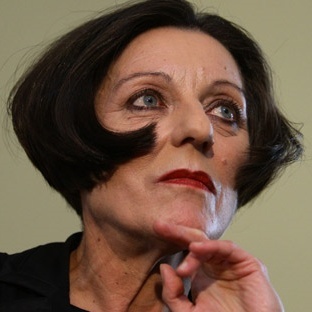
Herta Müller was born in Niţchidorf, Timiş County, Romania, the daughter of Swabian farmers. Her family was part of Romania's German minority and her mother was deported to a labour camp in the Soviet Union after World War II. She read German studies and Romanian literature at Timişoara University. In 1976, Müller began working as a translator for an engineering company, but in 1979 was dismissed for her refusal to cooperate with the Securitate, the Communist regime's secret police. Initially, she made a living by teaching kindergarten and giving private German lessons. Her first book was published in Romania (in German) in 1982, and appeared only in a censored version, as with most publications of the time. In 1987, Müller left for Germany with her husband, novelist Richard Wagner. Over the following years she received many lectureships at universities in Germany and abroad. In 1995 Müller was awarded membership to the German Academy for Writing and Poetry, and other positions followed. In 1997 she withdrew from the PEN centre of Germany in protest of its merge with the former German Democratic Republic branch. The Swedish Academy awarded the 2009 Nobel Prize in Literature to Müller, "who, with the concentration of poetry and the frankness of prose, depicts the landscape of the dispossessed". She currently resides in Berlin, Germany.

Oksana Zabuzhko is a contemporary Ukrainian writer, poet and essayist. Born in Lutsk, Ukraine, Zabuzhko studied philosophy at the Kyiv University, where she also obtained her doctorate in aesthetics in 1987. In 1992 she taught at Penn State University as a visiting writer. Zabuzhko won a Fulbright scholarship in 1994 and taught Ukrainian literature at Harvard and University of Pittsburgh. Currently Zabuzhko works at the Hryhori Skovoroda Institute of Philosophy of the National Academy of Sciences of Ukraine. Zabuzhko is known both for her literary works and criticism. Her controversial bestselling novel Field Work in Ukrainian Sex was translated in eight languages. In her writing Zabuzhko draws a lot of attention to the questions of Ukrainian self-identification, post-colonial issues and feminism. Her book Let My People Go won the Korrespondent magazine Best Ukrainian documentary book award in June 2006, and The Museum of Abandoned Secrets, Best Ukrainian Book 2010. For Ukrainian language profile see Оксана Забужко

Sándor Márai (originally Sándor Károly Henrik Grosschmied de Mára) was a Hungarian writer and journalist. He was born in the city of Kassa in Austria-Hungary (now Košice in Slovakia) to an old family of Saxon origin who had mixed with magyars through the centuries. Through his father he was a relative of the Ország-family. In his early years, Márai travelled to and lived in Frankfurt, Berlin, and Paris and briefly considered writing in German, but eventually chose his mother language, Hungarian, for his writings. He settled in Krisztinaváros, Budapest, in 1928. In the 1930s, he gained prominence with a precise and clear realist style. He was the first person to write reviews of the work of Kafka. He wrote very enthusiastically about the Vienna Awards, in which Germany forced Czechoslovakia and Romania to give back part of the territories which Hungary lost in the Treaty of Trianon. Nevertheless, Márai was highly critical of the Nazis as such and was considered "profoundly antifascist," a dangerous position to take in wartime Hungary. Marai authored forty-six books, mostly novels, and was considered by literary critics to be one of Hungary's most influential representatives of middle class literature between the two world wars. His 1942 book Embers (Hungarian title: A gyertyák csonkig égnek, meaning "The Candles Burn Down to the Stump") expresses a nostalgia for the bygone multi-ethnic, multicultural society of the Austro-Hungarian Empire, reminiscent of the works of Joseph Roth. In 2006 an adaptation of this novel for the stage, written by Christopher Hampton, was performed in London. He also disliked the Communist regime that seized power after World War II, and left – or was driven away – in 1948. After living for some time in Italy, Márai settled in the city of San Diego, California, in the United States. He continued to write in his native language, but was not published in English until the mid-1990s. Márai's Memoir of Hungary (1944-1948) provides an interesting glimpse of post World War II Hungary under Soviet occupation. Like other memoirs by Hungarian writers and statesmen, it was first published in the West, because it could not be published in the Hungary of the post-1956 Kádár era. The English version of the memoir was published posthumously in 1996. After his wife died, Márai retreated more and more into isolation. He committed suicide by a gunshot to his head in San Diego in 1989. Largely forgotten outside of Hungary, his work (consisting of poems, novels, and diaries) has only been recently "rediscovered" and republished in French (starting in 1992), Polish, Catalan, Italian, English, German, Spanish, Portuguese, Czech, Danish, Icelandic, Korean, Dutch, and other languages too, and is now considered to be part of the European Twentieth Century literary canon.

Dino Buzzati Traverso (1906 – 1972) è stato uno scrittore, giornalista, pittore, drammaturgo, librettista, scenografo, costumista e poeta italiano. Dino Buzzati Traverso was an Italian novelist, short story writer, painter and poet, as well as a journalist for Corriere della Sera. His worldwide fame is mostly due to his novel Il deserto dei Tartari, translated into English as The Tartar Steppe.

Charlotte Perkins Gilman, also known as Charlotte Perkins Stetson, was a prominent American sociologist, novelist, writer of short stories, poetry, and nonfiction, and a lecturer for social reform. She was a utopian feminist during a time when her accomplishments were exceptional for women, and she served as a role model for future generations of feminists because of her unorthodox concepts and lifestyle. Her best remembered work today is her semi-autobiographical short story, "The Yellow Wallpaper", which she wrote after a severe bout of post-partum depression. She was the daughter of Frederic B. Perkins.

(Adeline) Virginia Woolf was an English novelist and essayist regarded as one of the foremost modernist literary figures of the twentieth century. During the interwar period, Woolf was a significant figure in London literary society and a member of the Bloomsbury Group. Her most famous works include the novels Mrs. Dalloway (1925), To the Lighthouse (1927), and Orlando (1928), and the book-length essay A Room of One's Own (1929) with its famous dictum, "a woman must have money and a room of her own if she is to write fiction."

Marguerite Yourcenar, original name Marguerite de Crayencour, was a french novelist, essayist, poet and short-story writer who became the first woman to be elected to the Académie Française (French Academy), an exclusive literary institution with a membership limited to 40. She became a naturalized U.S. citizen in 1947. The name “Yourcenar” is an imperfect anagram of her original name, “Crayencour.” Yourcenar’s literary works are notable for their rigorously classical style, their erudition, and their psychological subtlety. In her most important books she re-creates past eras and personages, meditating thereby on human destiny, morality, and power. Her masterpiece is Mémoires d'Hadrien, a historical novel constituting the fictionalized memoirs of that 2nd-century Roman emperor. Her works were translated by the American Grace Frick, Yourcenar’s secretary and life companion. Yourcenar was also a literary critic and translator.
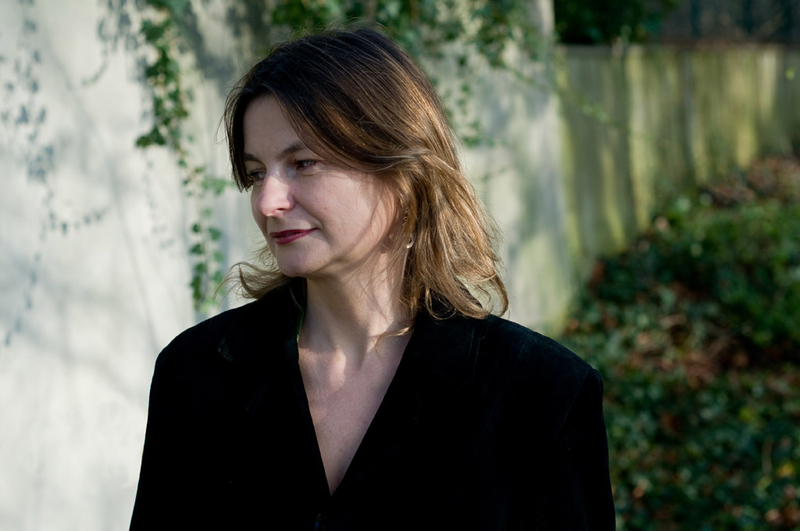

Ana María Shua has earned a prominent place in contemporary Argentine fiction with the publication of many books in nearly every genre: novels, short stories, short short stories, poetry, children's fiction, books of humor and Jewish folklore, anthologies, film scripts, journalistic articles, and essays. Her award-winning works have been translated to many languages, including English, French, German, Italian, Portuguese, Dutch, Swedish, Korean, Japanese, Chinese, Islandic, Bulgarian, and Serbian, and her stories appear in anthologies throughout the world. Born in Buenos Aires in 1951, Shua began her literary career at the young age of sixteen with the publication of El sol y yo (The Sun and I), a volume of poetry which received two literary prizes in 1967. She went on to study at the Universidad Nacional de Buenos Aires and worked as an advertising copywriter and journalist during the early stages of her career. Since then, she has received numerous national and international awards, and a Guggenheim Fellowship for her novel El libro de los recuerdos(The Book of Memories, 1994). Her other novels include Soy Paciente (Patient, 1980), Los amores de Laurita (Laurita's Loves,1984), which was made into a movie, La muerte como efecto secundario (Death as a Side Effect, 1997). and El peso de la tentación (The Weight of Temptation, 2007). Her first four microfiction books have been published in Madrid in one volume: Cazadores de Letras, (Letter’s Hunters, 2009). Her complete short stories have been published as Que tengas una vida interesante (Buenos Aires, 2009). Her last microfiction book is Fenómenos de circo in 2011. She published Contra el tiempo, short-stories, in 2013